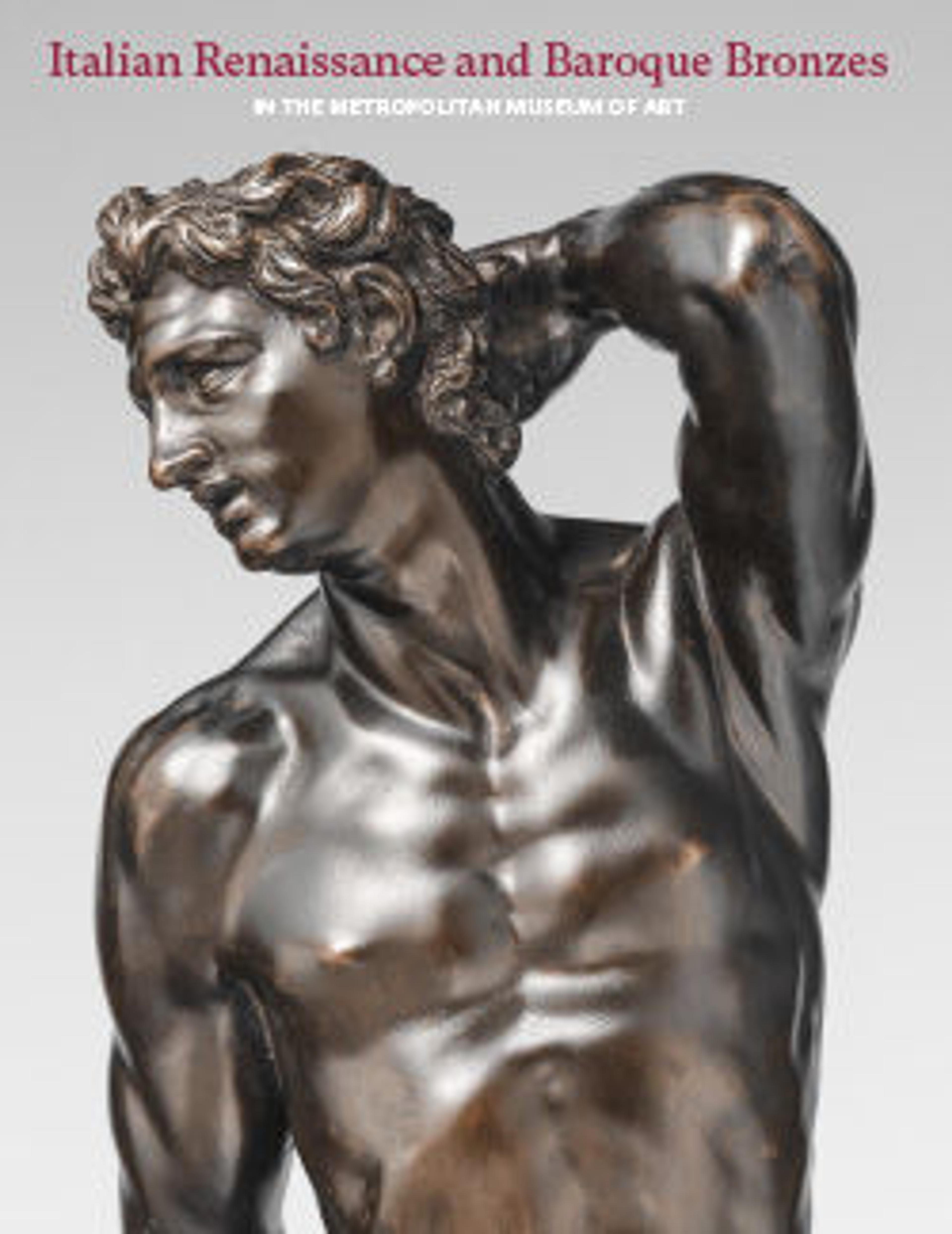Standing Hercules
A reduction of the gilt-bronze colossus in the Palazzo dei Conservatori, Rome, famous in antiquity and ever since it was dug up in the fifteenth century, this bronze Hercules differs from the original in several respects.[1] The position of the legs is reversed, and the torso has lost torsion and authority, thereby compromising the contrapposto. The head is larger in relation to the whole, the hair artfully feathered, and the gnarly club shorter. In cataloguing the statuette for The Met, Johanna Hecht noted similarities in the stances of two ancient ones in the Bibliothèque Nationale, Paris,[2] but their poses are more coherent, and our imitator’s conception probably derived, ultimately, from the large work in Rome.
-JDD
Footnotes
(For key to shortened references see bibliography in Allen, Italian Renaissance and Baroque Bronzes in The Metropolitan Museum of Art. NY: The Metropolitan Museum of Art, 2022.)
1. Haskell and Penny 1981, pp. 227–29.
2. Inv. bronzes .519, .549.
-JDD
Footnotes
(For key to shortened references see bibliography in Allen, Italian Renaissance and Baroque Bronzes in The Metropolitan Museum of Art. NY: The Metropolitan Museum of Art, 2022.)
1. Haskell and Penny 1981, pp. 227–29.
2. Inv. bronzes .519, .549.
Artwork Details
- Title: Standing Hercules
- Date: 19th century
- Culture: Italian, possibly Rome
- Medium: Bronze, silvering (eyes and wreath)
- Dimensions: Overall without bolt (confirmed): 8 1/4 × 3 7/8 × 3 1/4 in. (21 × 9.8 × 8.3 cm)
Height with bolt (confirmed): 11 5/16 in. (28.7 cm) - Classification: Sculpture-Bronze
- Credit Line: Gift of C. Ruxton Love Jr., 1964
- Object Number: 64.304.3
- Curatorial Department: European Sculpture and Decorative Arts
More Artwork
Research Resources
The Met provides unparalleled resources for research and welcomes an international community of students and scholars. The Met's Open Access API is where creators and researchers can connect to the The Met collection. Open Access data and public domain images are available for unrestricted commercial and noncommercial use without permission or fee.
To request images under copyright and other restrictions, please use this Image Request form.
Feedback
We continue to research and examine historical and cultural context for objects in The Met collection. If you have comments or questions about this object record, please contact us using the form below. The Museum looks forward to receiving your comments.
